Here is an excellent example of why EJ is so much better than Faber and the others.
"Buy Stocks Because U.S. Dollars Will Be "Worthless," Says Faber http://finance.yahoo.com/tech-ticker...8&asset=&ccode=
Their message may be similar to EJ and iTulip, but...
...there is so much other "noise" in their message that the primary points are diluted,
...they make stupid individual stock recommendations that serve to cheapen their primary message and themselves,
...they are media whores who dilute their primary message via overexposure and/or creating "insights" and ideas for the sole purpose of getting more TV time.
EJ is a class act and iTulip is a beacon amidst the fog.
Thanks, iTulip gang, for your efforts and guidance.
"Buy Stocks Because U.S. Dollars Will Be "Worthless," Says Faber http://finance.yahoo.com/tech-ticker...8&asset=&ccode=
Their message may be similar to EJ and iTulip, but...
...there is so much other "noise" in their message that the primary points are diluted,
...they make stupid individual stock recommendations that serve to cheapen their primary message and themselves,
...they are media whores who dilute their primary message via overexposure and/or creating "insights" and ideas for the sole purpose of getting more TV time.
EJ is a class act and iTulip is a beacon amidst the fog.
Thanks, iTulip gang, for your efforts and guidance.

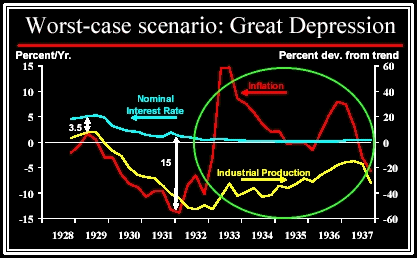
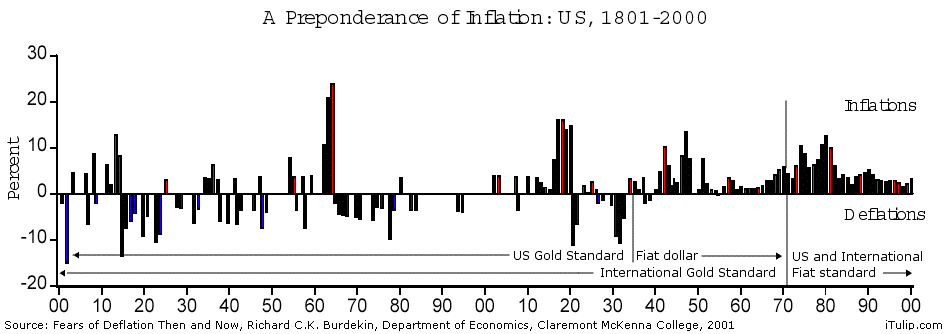
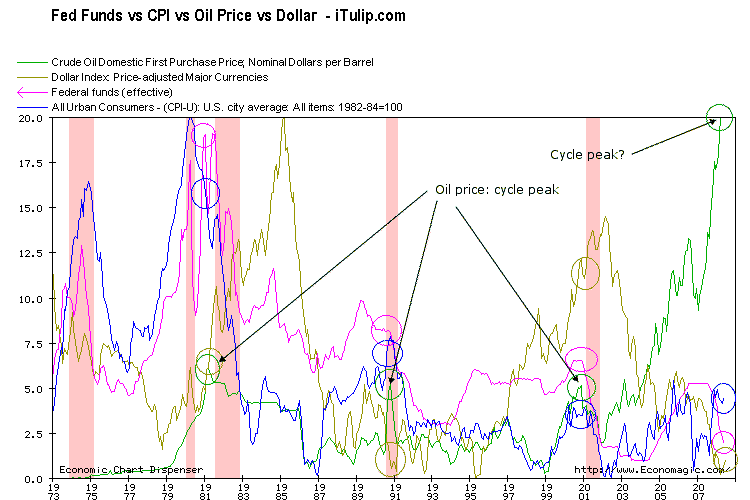

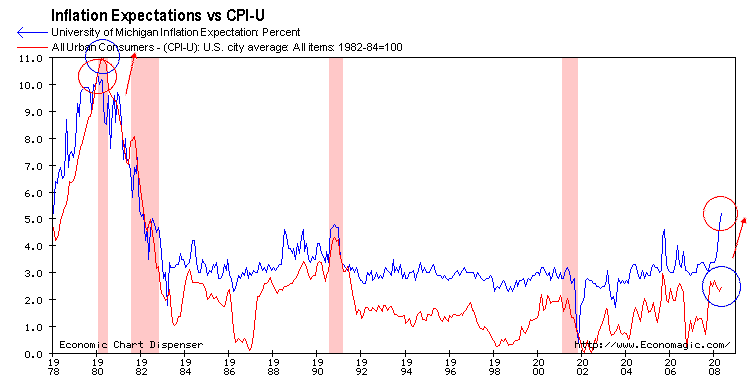

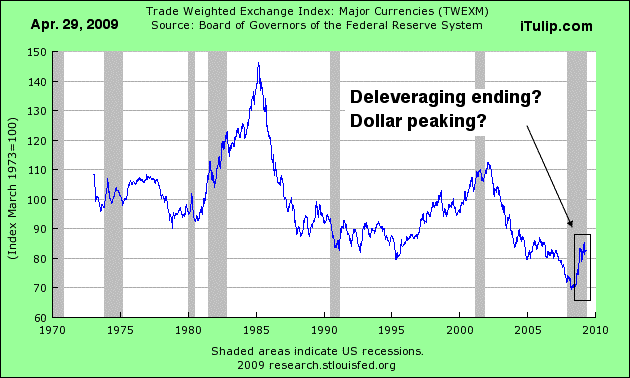



Comment